Banff National Park is recognized as a UNESCO World Heritage Site since 1984. It is located in Alberta’s Rockies, Alberta, Canada. With its snow-capped peaks, turquoise lakes, and abundant wildlife, it’s no wonder that Banff attracts millions of visitors every year.
Whether you’re an outdoor person or simply need an escape, timing your visit to Banff can make all the difference in your experience.
This guide helps you explore the best seasons to visit Banff National Park based on your preferences.
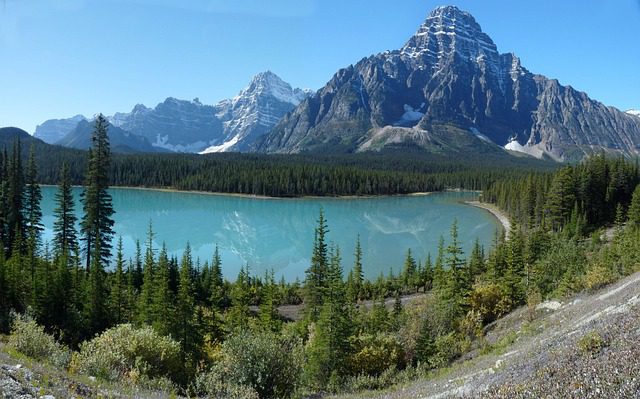
Summer in Banff is from June to August. Summer is the peak season in Banff, and for good reason. With warm temperatures (average highs ranging from 65°F to 71°F), long daylight hours, and many outdoor activities, it’s an ideal time to immerse yourself in the park’s natural beauty.
The turquoise lakes shine under the summer sun. Trust me, it is a beautiful view. During summer, hiking trails become accessible at higher elevations, mostly snow-free.
Summer is when the beautiful wildflowers bloom in Banff. The colors will make you feel like you’re in a painting.
Summer in Banff is the high time for paddleboarding as well. On top of that, if you love biking, you must ride along the mountain views. Also, the outdoor patios provide delightful spots to relax and enjoy the warm summer weather.
Also, The Havasu Falls in the Grand Canyon is a breathtaking natural wonder, renowned for its stunning turquoise waters cascading over red rocks, surrounded by lush greenery. Here’s a brief guide to hiking to Havasu Falls.
There are various tours that offer all of these experiences around summer. Summer is the peak season in Banff, attracting a large number of visitors from June to October. So, remember that accommodation prices are at a premium in Banff during the summer months.

Fall in Banff National Park is from September to October. Fall in Banff is filled with vibrant colors of changing leaves and the iconic golden larches in hues of red, orange, and yellow. It’s a quieter time to visit, with fewer crowds and cooler temperatures (average highs ranging from 50°F to 63°F).
The fall colors in Banff are simply breathtaking, especially during the “Larch Madness” season in late September and early October, when the larch trees turn a golden hue. During fall, the sunrise times are around 7:30 AM, allowing visitors to sleep in a bit.
With the peak summer season over, fall in Banff offers a more peaceful experience, with fewer crowds and potentially lower accommodation rates.
As the elk rutting (breeding) season takes place from late August to mid-October, you may witness fascinating behaviors and hear the distinctive bugling of male elk. The cozy autumn ambiance in the town of Banff with fireplaces and opportunities for s’mores.
Fall in Banff can be a mixed bag, with the potential for early snowfall, blizzards, and rapidly changing weather conditions. Also, some facilities and attractions may start closing for the winter season in late October or early November.
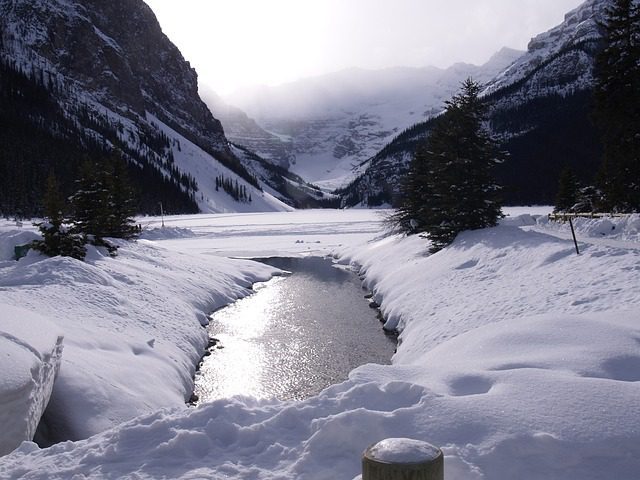
Winter in Banff makes it a wonderland, with a lot of snow-based activities and a calm, magical atmosphere. While temperatures can be quite cold (average highs ranging from 22°F to 32°F), the winter season offers a unique and unforgettable experience.
Banff is a world-class ski destination with 3 famous ski resorts (Banff Sunshine Village, Lake Louise Ski Resort, and Mt. Norquay) providing great powder and terrain for all skill levels. In addition to skiing and snowboarding, you can enjoy a variety of winter activities like snowshoeing, ice skating, ice climbing, dog sledding, and more.
While winter is a popular time for skiers and snowboarders, Banff tends to be less crowded compared to the summer months, offering a more peaceful and intimate experience.
If you’re lucky, you might even catch a glimpse of the mesmerizing Northern Lights (Aurora Borealis) during the winter months.
Europe offers skiing for all budgets and tastes, from quaint villages to top-notch resorts, amidst stunning alpine scenery, ensuring an unmatched skiing adventure.
Banff winters can be incredibly cold, with temperatures often dipping well below freezing, especially at night. Shorter daylight hours in the winter months can limit outdoor activities and sightseeing opportunities.
Also, some roads and attractions may be closed or have limited access due to snowfall and avalanche risks.
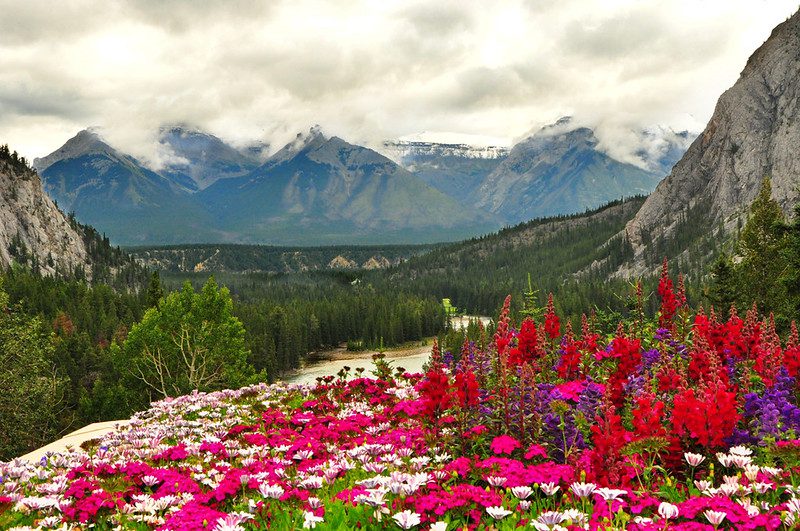
Spring in Banff is a transitional season with a mix of winter and summer conditions. While the weather can be unpredictable, with the potential for snowfall and cooler temperatures (average highs ranging from 40°F to 58°F), it’s a unique time to experience the park’s rejuvenation.
As a shoulder season, spring in Banff offers fewer crowds and potentially lower accommodation rates. Spring is an excellent time for spotting newborn wildlife and witnessing nature come to life after the winter months.
In late spring, you may catch the beginning of the wildflower season, with blooms starting to appear in the subalpine and alpine regions.
Spring in Banff can be a mixed bag, with the potential for snowstorms, rain, and rapidly changing weather conditions.
Some facilities, attractions, and hiking trails may still be closed due to snowfall or maintenance.
No matter when you choose to visit Banff National Park, each season offers its own unique charm and opportunities for adventure. Whether you’re seeking the warmth of summer, the snow-covered landscapes of winter, or the vibrant colors of fall, there’s something for everyone in this breathtaking natural paradise.
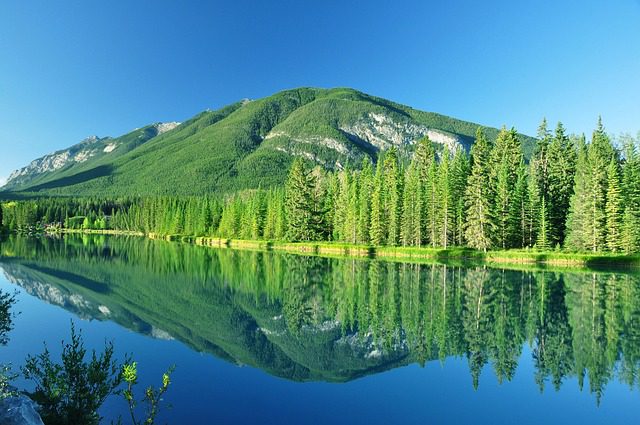
To make the most of your Banff experience, it’s essential to plan ahead and consider factors like accommodation, transportation, etc.
Banff offers a wide range of accommodation options, from luxurious resorts and hotels to cozy cabins and campgrounds. Do your research and decide based on your budget and other preferences.
Getting around Banff National Park can be done in several ways:
Renting a car or bringing your own vehicle is a convenient option, letting you explore the park at your own pace. However, be prepared for potential road closures and limited parking during peak seasons.
Banff offers a reliable public transit system, including the Roam Transit service, which connects the town to various attractions and trailheads. Shuttle services are also available for specific routes, such as the Lake Louise Shuttle and the Moraine Lake Shuttle.
For a hassle-free experience, consider joining guided tours or booking activities with reputable tour operators. This allows you to sit back, relax, and let the experts handle the logistics.

No matter when you visit, Banff National Park offers a wealth of breathtaking attractions and exciting activities. Here are some must-see and must-do experiences:
Head to Vermilion Lakes, Two Jack Lake, or other designated wildlife viewing areas for a chance to spot bears, elk, bighorn sheep, and more.
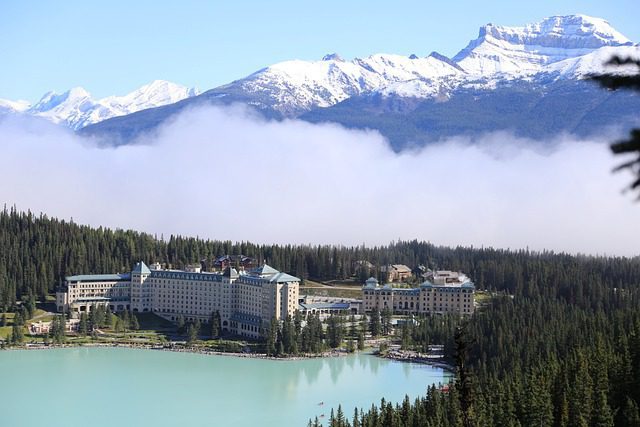
Whether you’re seeking the warmth of summer, the snow-covered landscapes of winter, or the bright colors of fall, Banff is your destination. However, timing your visit to align with your interests and preferences can significantly improve your experience.
With proper planning, the right gear, and an open mind, you can create unforgettable memories in the Canadian Rockies.
So, what are you waiting for? Start planning your Banff adventure!
Counter
101 Countries • 1432 Cities